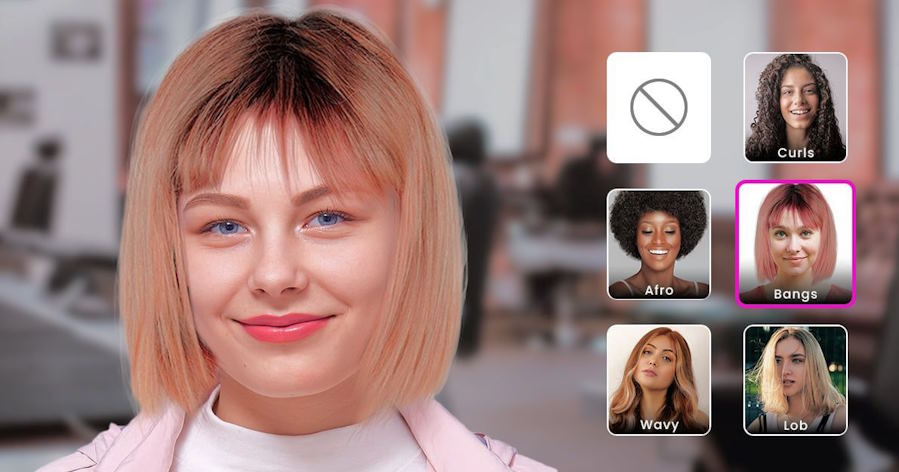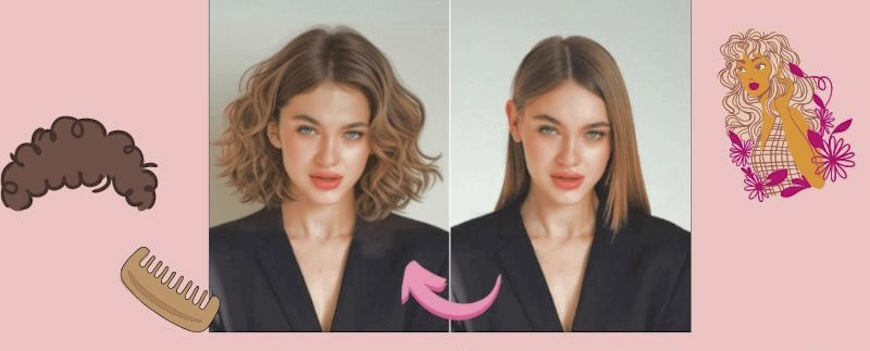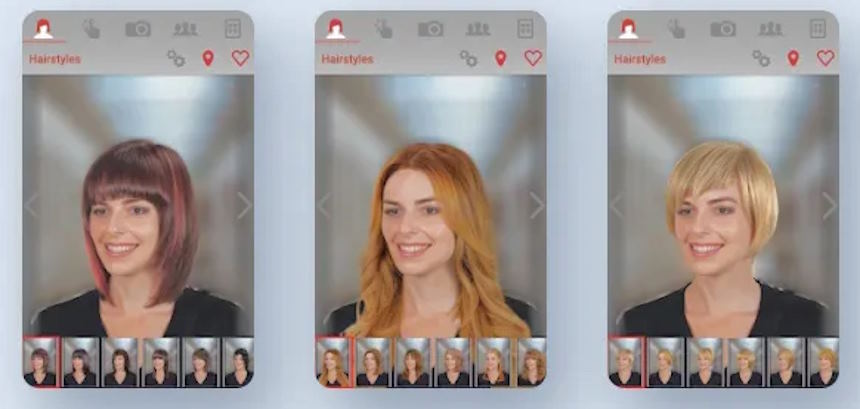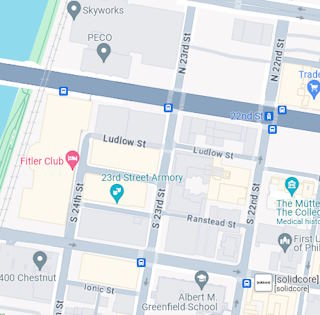The Psychological Impact of Virtual Hairstyling on Personal Image Perception
- Published in Hottest Hairstyles
- Permalink

Step into the virtual realm of beauty and self-discovery, where pixels replace scissors and screens serve as mirrors. The rise of the virtual hairstyler marks a significant shift in how we engage with our personal appearance, blending the artistry of hairstyling with the convenience of digital technology. No longer confined to the limitations of traditional hair salons, individuals can now explore an infinite array of hairstyles and colors from the comfort of their homes. As we delve into the psychological impact of this innovative tool on personal image perception, it becomes clear that the virtual hairstyler is more than just a digital gimmick—it’s a mirror reflecting our desires, insecurities, and aspirations for self-expression.
Virtual Hairstyling: A New Approach to Personal Image Management
Definition and Development of Virtual Hairstyling Platforms
In recent years, virtual hairstyling platforms have emerged as innovative tools reshaping the landscape of personal image management. These platforms utilize advanced augmented reality (AR) technology to allow users to virtually try on various hairstyles in real-time. Initially developed as marketing tools for hair salons and product brands, virtual hairstyling platforms have now evolved into standalone apps accessible to anyone with a smartphone or computer. Through a combination of facial recognition software and high-definition imaging, users can see themselves sporting different haircuts, colors, and styles without the commitment of a salon visit.
Accessibility and Popularity of Virtual Hairstyling Apps
The accessibility of virtual hairstyling apps has contributed significantly to their widespread popularity. With most apps available for free download on app stores, users can easily experiment with different looks from the comfort of their homes. Moreover, the user-friendly interfaces and intuitive design of these apps make them accessible to individuals of all ages and technical backgrounds. As a result, virtual hairstyling apps have garnered millions of downloads and loyal users worldwide, transcending geographical boundaries and cultural differences.

Potential Risks and Limitations
Unrealistic Expectations and Dissatisfaction
While virtual hairstyling platforms offer a novel way to explore different hairstyles, they also carry the risk of fostering unrealistic expectations and dissatisfaction. Users may become enamored with a particular hairstyle showcased on the app, only to find that it looks vastly different in reality due to factors such as hair texture, face shape, and personal styling preferences. This disparity between virtual representation and real-life results can lead to feelings of disappointment and dissatisfaction, ultimately impacting the user’s self-esteem and confidence.
Impact on Self-Perception and Body Image
Virtual hairstyling apps have the potential to influence users’ self-perception and body image, particularly among impressionable individuals. Constant exposure to digitally altered images of idealized beauty standards may contribute to feelings of inadequacy and self-doubt, as users compare themselves unfavorably to the flawless images displayed on the app. Moreover, the pursuit of achieving an unattainable standard of beauty promoted by virtual hairstyling platforms can exacerbate existing body image issues and perpetuate harmful beauty norms.

Mitigating Negative Effects and Enhancing Positive Impact
Promoting Realistic Expectations and Self-Acceptance
To counteract the potential negative effects of virtual hairstyling, it’s essential to promote realistic expectations and foster self-acceptance. Users should be encouraged to view virtual hairstyles as fun and experimental rather than as rigid standards of beauty. Emphasizing the importance of embracing one’s natural features and celebrating individuality can help users develop a healthier relationship with their appearance. Additionally, providing educational resources on the limitations of virtual hairstyling technology and the variability of real-life outcomes can help manage users’ expectations and reduce feelings of disappointment.
Education on Media Literacy and Digital Self-Image
Empowering users with media literacy skills is crucial in navigating the digital landscape of virtual hairstyling. By educating individuals on the prevalence of digital manipulation and the unrealistic beauty standards perpetuated by media and advertising, we can promote critical thinking and resilience against harmful messages. Furthermore, fostering a dialogue about digital self-image and the importance of authenticity in self-representation can encourage users to cultivate a positive self-image rooted in authenticity and self-expression rather than in unrealistic ideals.

